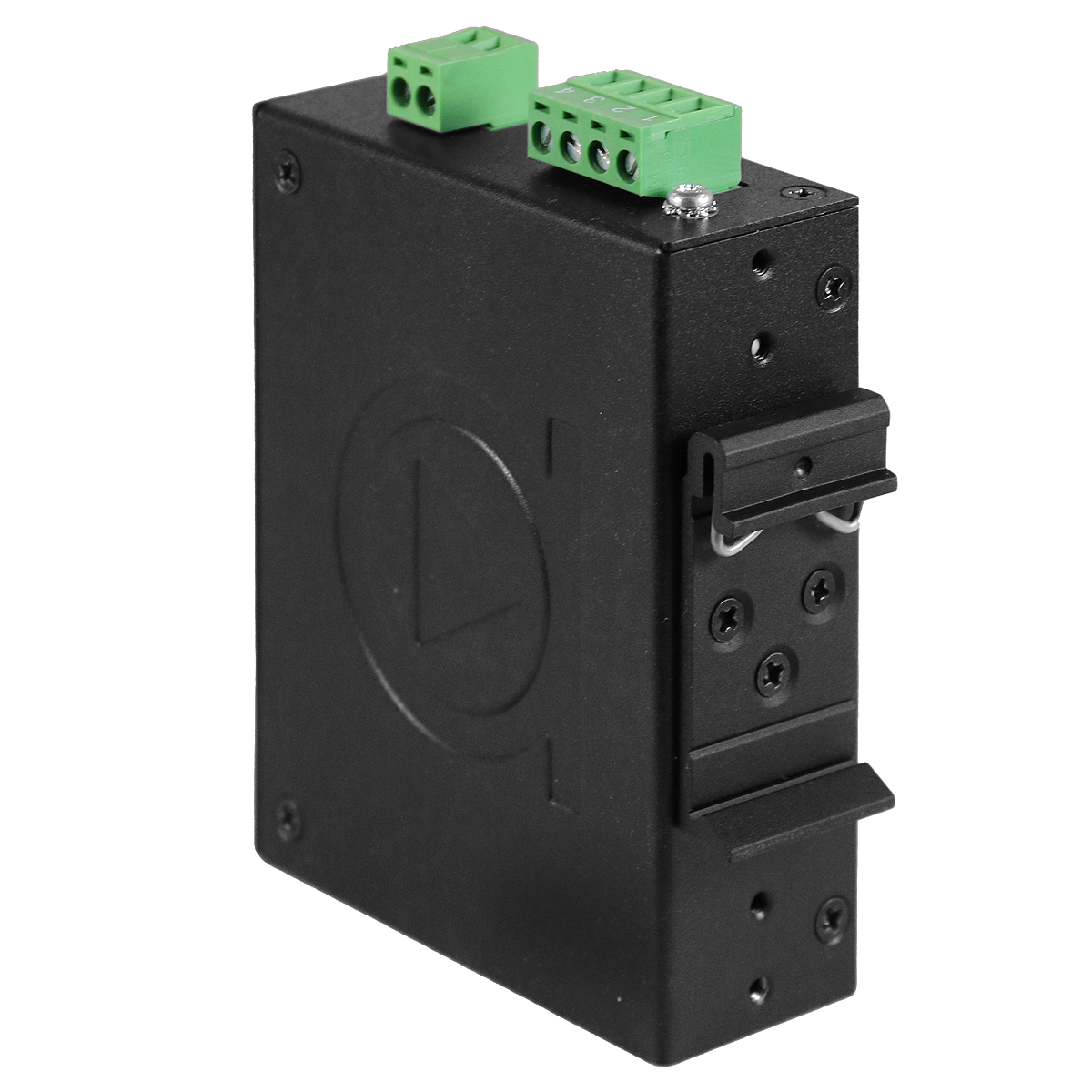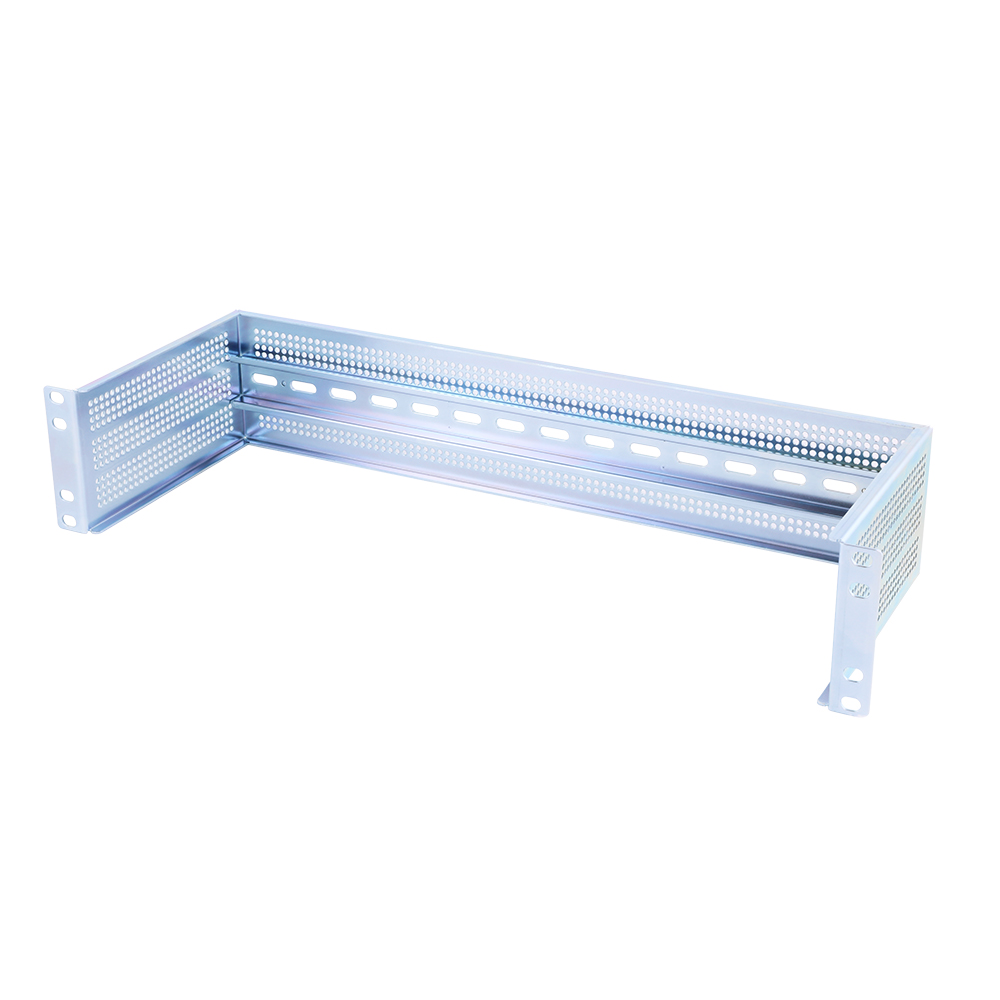INJ-C201G-bt-100-T
Industrial Gigabit Enhanced PoE++ Injector - 1*10/100/1000Base-T(X) with Enhanced PoE-PSE (100W/Port) and 1*10/100/1000Base-T(X); EOT: -40°C to 75°C
Overview of the Antaira INJ-C201G-bt-100-T Industrial 802.3bt Injector, PoE++
$297.00








Overview
Antaira Technologies’ INJ-C201G-bt-100-T, solve the problem simply by deploying data and power from non-PoE
switch and power input to the PD device. PoE injector is a brilliant low-cost solution for the case that only one side of
devices is supporting PoE function. Therefore, INJ-C201G-bt-100-T will be your best choice to deal with the lack of PoE function cases.
Additionally, INJ-C201G-bt-100-T supports power input from 48VDC to 55VDC, ensuring full 90W PoE output, in compliance with IEEE 802.3bt standard, for better usage in the automation industry. Moreover, for some special application which eagers for more PoE power from the PSE device, this model also supports Enhanced PoE mode to offer up to 100W to the powered device. INJ-C201G-bt-100-T with fan-less design, besides extending surely apply to various industrial applications, works perfectly in polarized temperature from -40°C to 75°C, and undoubtedly becomes your best option in the industrial market.
Features
- Supports 10/100/1000Tx for PoE & Data Out
- IEEE 802.3af/at/bt Compliant PoE
- Provide Data and Power over Ethernet to Power Device
- Provides up to 100 Watts on PoE Port
- Redundant 48~55VDC Power Inputs Design
- IP30 Protection
- Dip-Switch Setting for PoE Mode and Dual PD Check
- Operating Temperature Range: -40°C to 75°C
- DIN-Rail or Wall Mountable
- 5-Year Warranty
Download
Included
Accessories
|
||||







